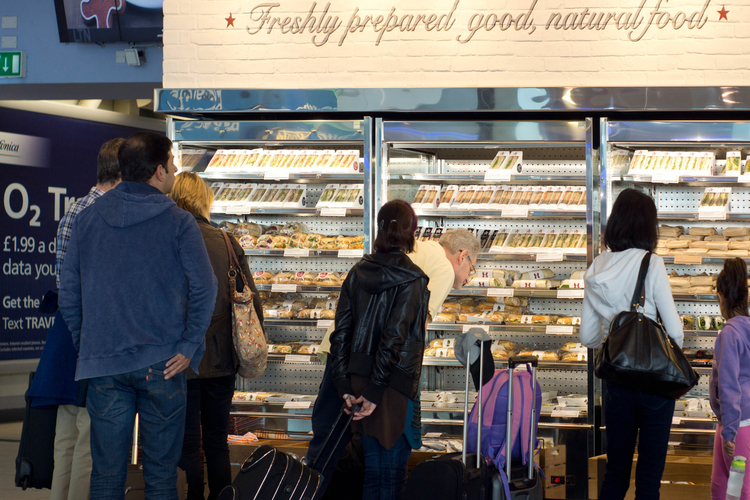The Difference Between Probiotics and Prebiotics and The Best Foods to Eat to Get Both
You often hear of probiotics, which are found in foods such as Greek yogurt, kimchi, and sourdough bread, but you should also be eating prebiotic-rich foods, like artichokes and bananas, which help feed the probiotics and help them act more efficiently in your digestive system. And prebiotics are surely less known. Here’s the difference and why you need both.

The Dynamic Duo
Basically, probiotics and prebiotics are dynamic duo—the prebiotics are what fuel the probiotics to keep your gut microbiome healthy. Your gut microbiome needs a balance of bacteria to keep digestion smooth and to keep your immune system high.
You have a host of gut bacteria, and when you eat greasy, fatty foods or high-sugar foods, you introduce bad gut bacteria into your system. That’s why you need a host of gut-friendly bacteria, in the form of probiotics, to regulate the system and balance it out.
And to help those probiotics do their job in promoting good gut flora, they need to eat! Prebiotics are the food that they eat, so you need to make sure you’re nourishing them in order to better nourish yourself.

Why Your Gut Health Matters
The gut microbiome helps regulate the rest of your bodily functions, such as staying regular and avoiding abnormal bowel movements or constipation, keeping your immune system high to fend off illnesses, and to secure adequate rest for a happier, easier morning. Your gut health can even effect your mood and some brain functions.
It is a good idea to supplement with probiotics for an added boost, such as taking a Culturelle or Align capsule or gummy, but getting them through diet is the real key. (I do both, though!)
How to Get Them in the Diet
Probiotic-rich foods include:
- Greek yogurt
- Kefir
- Sourdough
- Miso
- Tempeh
- Sauerkraut
- Kombucha
- Kimchi
- Pickles
- Cottage cheese
- Gouda, mozzarella and cheddar
Prebiotic-rich foods include:
- Chicory root
- Dandelion greens
- Jerusalem artichokes
- Garlic
- Onion
- Leeks
- Asparagus
- Bananas
- Barley, oats and wheat bran
- Apples
- Cocoa
- Flaxseed
- Jicama
- Yacon
- Seaweed
You can eat probiotic and prebiotic dense foods separately or pair them together for a delicious and beneficial meal. Here are a few examples:
- Greek yogurt or cottage cheese with chopped banana
- Chicken and artichoke kabobs with a Greek yogurt dipping sauce
- Garlic bread made with sourdough
- A stir-fry made with leeks, onions, asparagus, garlic, onion and tempeh
- Sushi with a nori wrap and glass of kombucha
- Yacon or jicama fries with a miso or kimchi based dipping sauce
- Barley, wheat bran or oats with flaxseed and banana
- Kefir smoothie with banana or apples and a sprinkle of cocoa and flaxseed
Use your imagination and mix and match!



